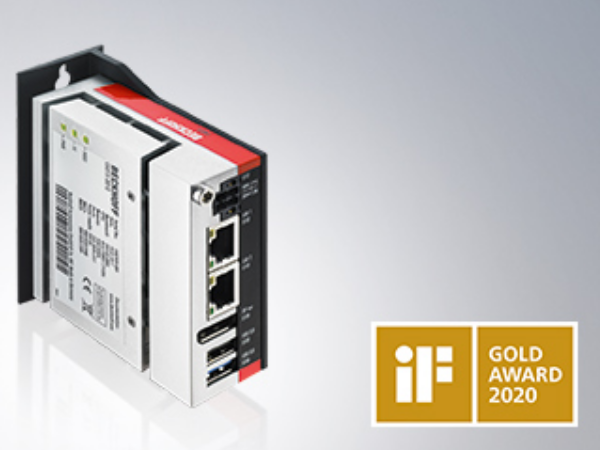| [version en cours de rédaction] | [version en cours de rédaction] |
| Ligne 49 : | Ligne 49 : | ||
| − | Map the Saw On, Conveyor and extractor as outputs rather than invertergofwd links (outputs 97 and 98)</translate> | + | Map the Saw On, Conveyor and extractor as outputs rather than invertergofwd links (outputs 97 and 98) |
| + | |||
| + | Ensure the PLC projects are in the correct ports | ||
| + | |||
| + | 851- tc3multi | ||
| + | |||
| + | 852 - PLC_Reset</translate> | ||
}} | }} | ||
{{Tuto Step | {{Tuto Step | ||
Version du 3 juillet 2020 à 12:39
Steps to upgrading an Autoflow to Windows 10, replacing both the front end and back end PCs
Sommaire
- 1 Introduction
- 2 Étape 1 - Set up the 6017 PC
- 3 Étape 2 - Set up New Camera PC
- 4 Étape 3 - Add the backup to cameraPC
- 5 Étape 4 - Convert the TC2 project from old machine
- 6 Étape 5 - Install the new PCs on site
- 7 Étape 6 - Set up the IP addresses
- 8 Étape 7 - Test all IO
- 9 Étape 8 - Test axis directions
- 10 Étape 9 - Test axis Datuming
- 11 Étape 10 - Check Spindles and alarms
- 12 Étape 11 - Important parameters
- 13 Étape 12 - Check cut speeds
- 14 Commentaires
Introduction
Upgrading an Autoflow to Windows 10 involves upgrading two PCS
- The Beckhoff control PC
- The Camera PC
The Beckhoff PC is not upgradable so needs to be completely replaced. We use the miniature Beckhoff C6017 for this
Étape 1 - Set up the 6017 PC
- Ensure regional settings correct - correct date format
- Rename the Ethernet Adaptors to Ethernet and EtherCAT
- Ensure the TwinCAT Protocol is installed on the EtherCAT adaptor
- Teamviewer setup
- Administrator password set to "Stuga001"
- Add Stuga desktop image
- Latest winMulti in c:\multi
Étape 2 - Set up New Camera PC
Follow standard Setup procedure to step 5 to ensure sourcetree installed with latest tc3Multi software pulled to machine
Étape 3 - Add the backup to cameraPC
In folder c:\DDRIVE
Copy latest messages.saw to DDRIVE
Étape 4 - Convert the TC2 project from old machine
Follow this procedure to convert the project
Map the Saw On, Conveyor and extractor as outputs rather than invertergofwd links (outputs 97 and 98)
Ensure the PLC projects are in the correct ports
851- tc3multi
852 - PLC_Reset
Étape 5 - Install the new PCs on site
- Ensure the 6017 PC has been earthed adequately
Étape 6 - Set up the IP addresses
Map the network drives
Map customer network connections
Étape 7 - Test all IO
This is important to ensure there have been no mistakes in the remapping
Étape 8 - Test axis directions
Étape 9 - Test axis Datuming
Étape 10 - Check Spindles and alarms
Check inverter is wired so that OK=high on X90
Check alarms trigger on low signal on inverter ok
Check 50Hz and 300Hz spindles function correctly from SpindleIO screen
Étape 11 - Important parameters
Ensure:
autoQueue=1
syAxisType=1
Étape 12 - Check cut speeds
The software highlighted a bug in the calculation for the saw cutting speed which has now been corrected. Saw cut speeds should be checked if they are not default.
Draft

 Français
Français English
English Deutsch
Deutsch Español
Español Italiano
Italiano Português
Português